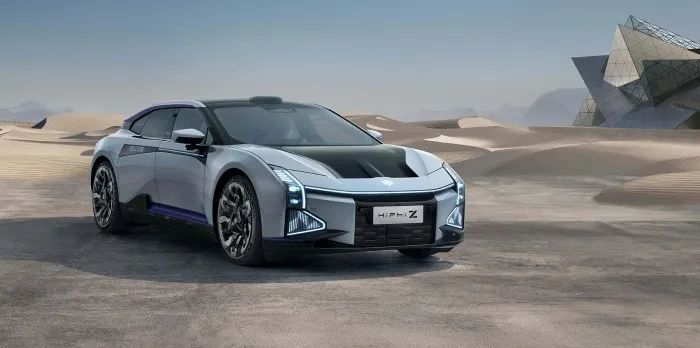Author: Rezz
Every boy has an undying childlike heart, eager to become a hero, driving a mecha to bravely face the challenges on the future battlefield. Every car of the Gaohe brand is the embodiment of the dream in the heart of young boys. However, the six-seater SUV is only a compromise for the family’s space requirements. If you really want to drive at high speed and experience the complete integration with this digital life, you must check out the latest model of Gaohe, the Gaohe HiPhi Z.
Appearance
X is the 24th letter in the 26-letter alphabet, often representing the ultimate weapon of destruction, the strongest secret weapon in film, literature, and art. Z, on the other hand, is the last letter in the alphabet, giving people the impression of calm, steady, and streamlined. There is a Brad Pitt movie called World War Z, literally meaning the last global war of humanity, with the Chinese name being “Zombie World War.”
The first impression of the Gaohe HiPhi Z is like the war car that directly drove out of the cinema screen in that movie. The new car adopts a futuristic design style, matched with an intelligent and interactive ISD light group, which can interact with other vehicles and pedestrians on the road. Its appearance is very futuristic and avant-garde, equipped with an active intake grille design, and the opening and closing process is very ceremonial.
In addition, the front headlight design is very sharp, similar to the fog light area of HiPhi X, using a digital headlight design, with light language function. The shape of the tail is also avant-garde, with the central HiPhi logo prominently displayed on a black background.
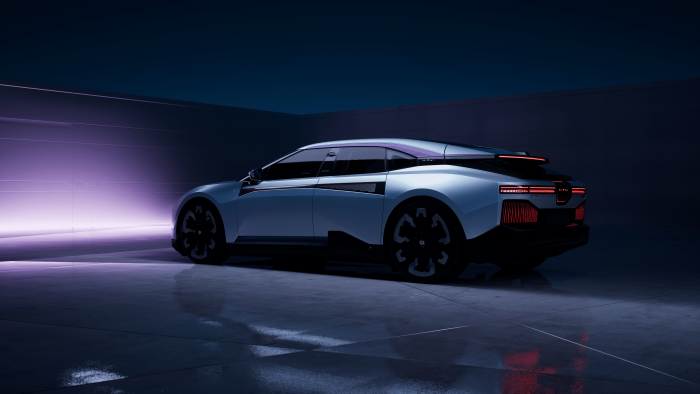
In terms of size, the length, width, and height of the Gaohe HiPhi Z are 5036/2018/1439mm, with a wheelbase of 3150mm. Dare I list the competitors of HiPhi Z as BBA high-performance sports cars of the same price range, because there are really no others in this size range except for the pure electric Porsche Taycan and Tesla Model S.
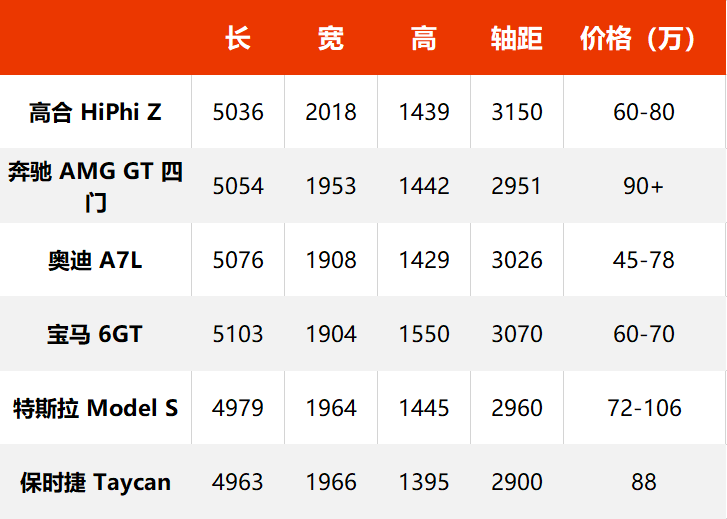
Of course, Chinese people have always had the habit of following the crowd when buying cars. Does such a radical exterior design seem a bit overdesigned? Even the truly young and avant-garde consumers feel a little familiar unease, like the Breadman in childhood comics, with a red nose, two red cheeks, and a large horizontal mouth.
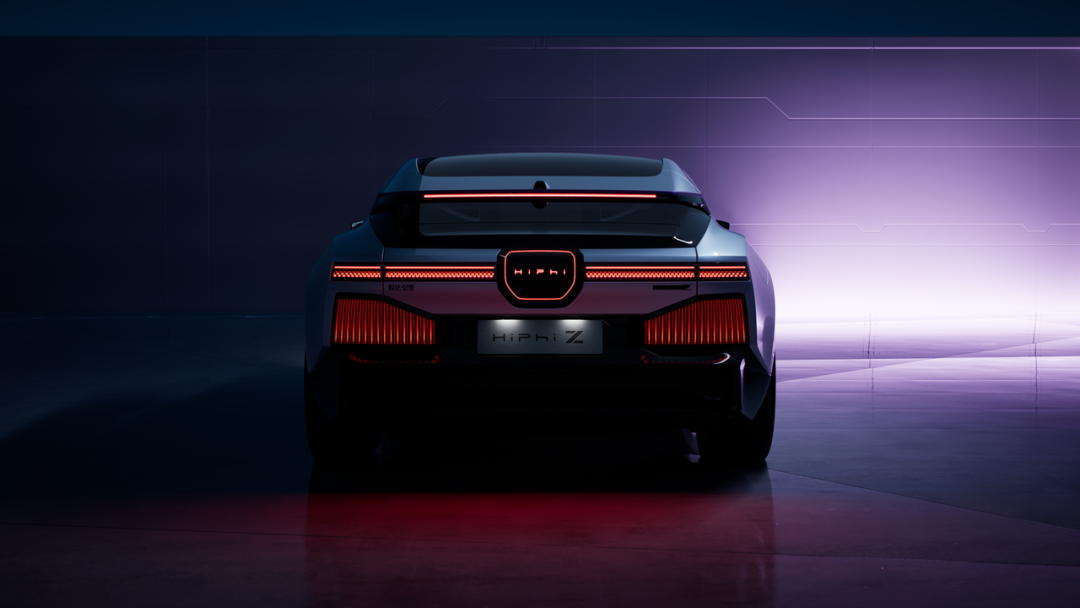

Actually, the red nose is the iconic intelligent entry and exit system of HiPhi Z (electromagnetic NT dual side doors + ISD intelligent interactive lights for side doors) and intelligent lighting interaction (star ring ISD light screen system and second generation PML programmable intelligent headlights), which creates a new human-machine communication language system.
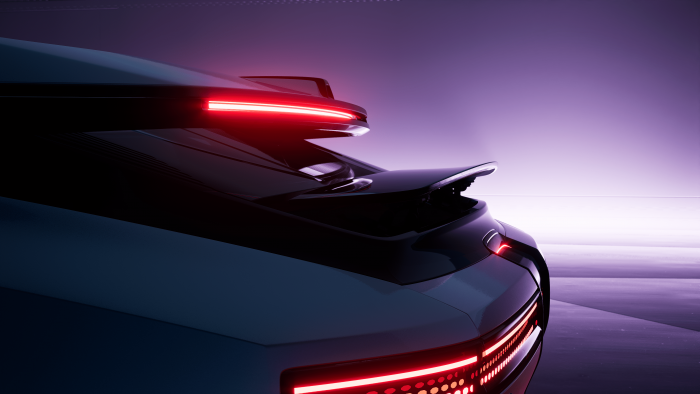
Interior
If HiPhi Z becomes the only escape tool and sanctuary for the last survivors on Earth in a zombie apocalypse, what cabin and configuration features do you hope this car has?
First and foremost, a highly intelligent digital robot – HiPhi Bot.
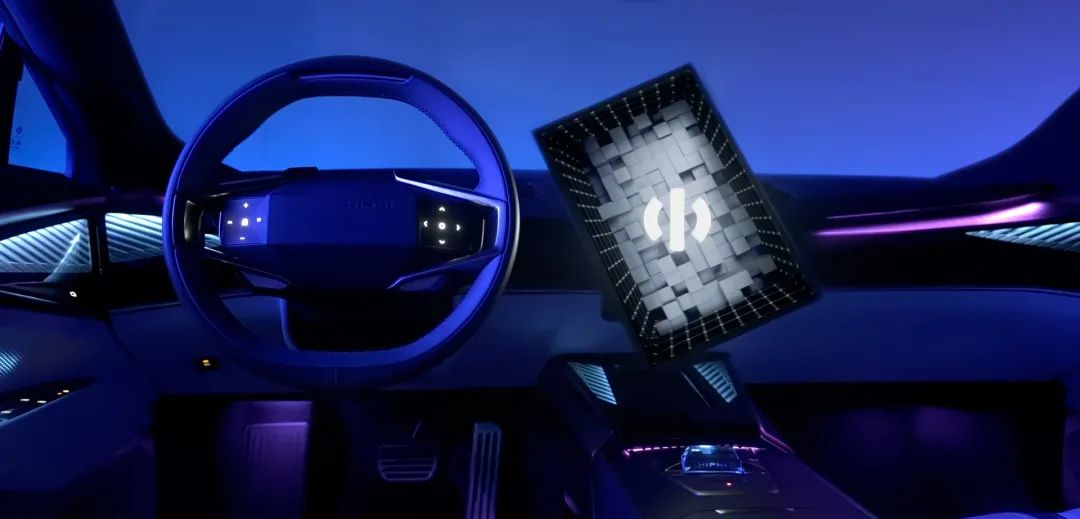
Unlike typical in-car AI assistants hidden behind the screen, HiPhi Bot is embodied with four degrees of freedom, eight-way adjustable, high-speed flying mechanical arms moving forwards and backwards in one second, switching between portrait and landscape modes in two seconds, and having a high-frequency swinging frequency of up to three times per second, actively interacting with users in the cabin by recognizing their orientation, adjusting the central control screen to an appropriate angle and position through multi-axis displacement of the mechanical arm. HiPhi Bot also nods to the driver, dances like a professional dancer to the beat of the music, and makes various sophisticated movements, making human-machine interaction more realistic and engaging.
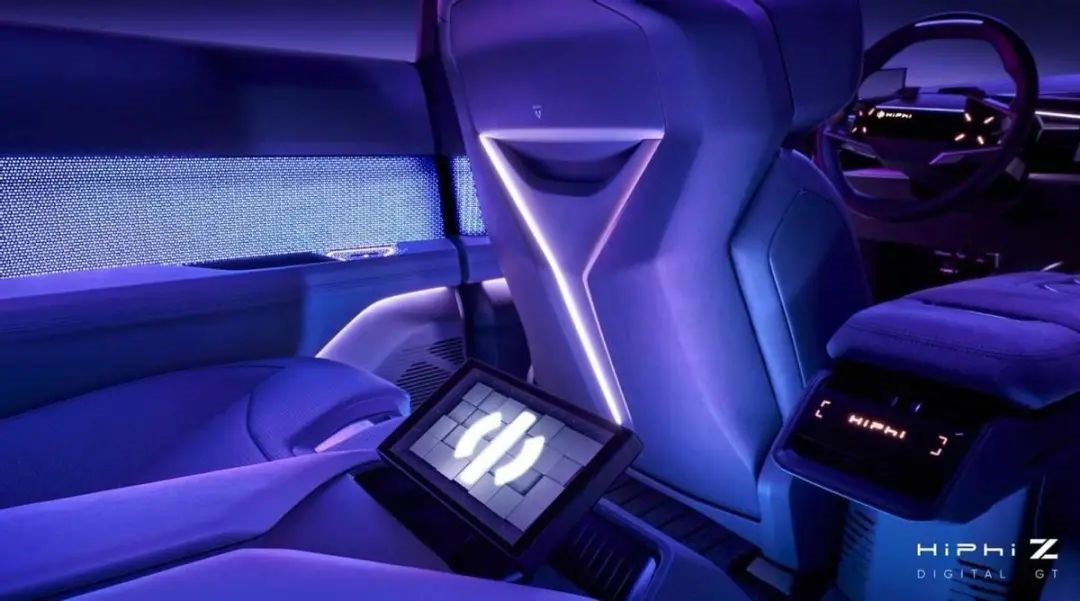
Of course, what luxury GT cars need the most are a few comfortable and spacious seats.
The front seats of HiPhi Z support 14-way adjustment, and the front seats have a wrap-around feeling like a racing bucket seat, with an integrated headrest that fits the curve of the head and OTA with massage function, providing both driving and comfort experience. The cocoon-style rear seats with adjustable headrests provide users with a good wrap and support experience, and also feature adjustable rear backrests, in contrast to the cramped and confined traditional GT rear seats.
Driving Assistance# HiPhi Z uses a fusion solution of LiDAR and visual cameras to actively sense the external environment, improving prediction accuracy and providing safety for parking and driving.
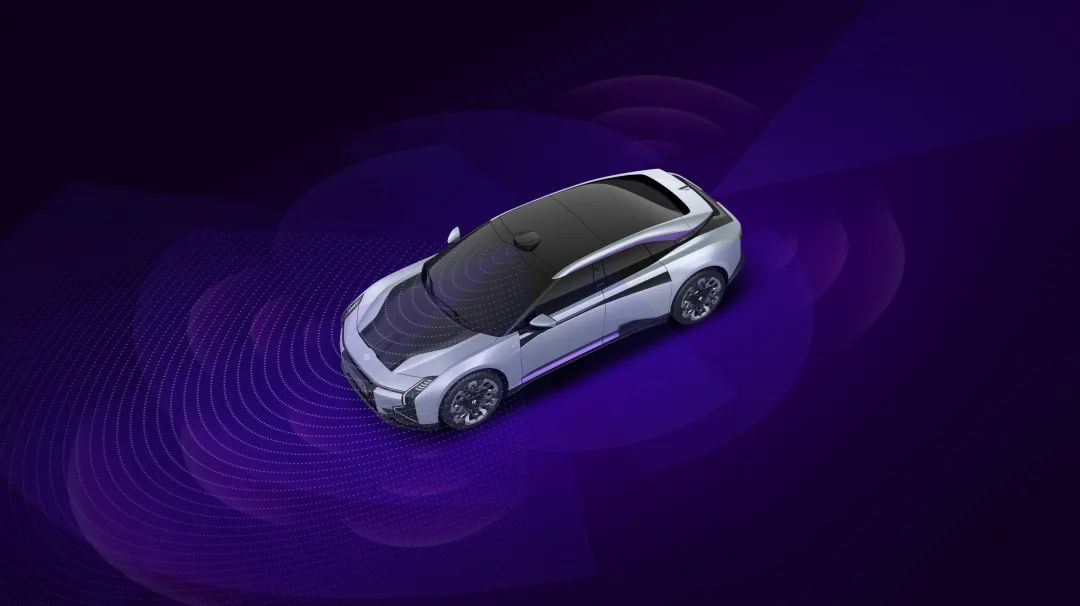
The entire vehicle of HiPhi Z is equipped with 32 driving assistance sensors, including one LiDAR, thirteen cameras, five millimeter-wave radars, twelve ultrasonic radars, and one three-zone steering detection sensor. With the high-precision map and positioning module, the maximum detection distance can reach up to 250 meters. The Hesai 128-line LiDAR equipped among them has ultra-high global resolution and long-range ranging ability, providing more space for the improvement of intelligent assisted driving abilities.
The three-zone steering detection sensor can precisely detect the conditions of the inner side, left outer circle, and right outer circle of the steering wheel using the capacitance sensor arranged on the steering wheel, providing steering wheel release reminders and control to enhance driving safety.
HiPhi Z’s powerful digital intelligence is also reflected in its self-developed HiPhi Pilot system. On HiPhi Z, Gohigh continues the concept of “double redundancy and high safety” in the design of calculation, perception, communication, braking, steering, and power systems, providing aircraft-level safety assurance. The vehicle system domain controller uses the 7nm process NVIDIA Orin-X chip, and the design of ultra-high computing power is intended to be able to cope with various complex driving conditions on domestic roads.
Power Chassis
The 120kWh high-capacity battery pack used by HiPhi Z adopts CTP (Cell-to-Pack) technology, which has higher energy density and lower volume than the traditional battery pack, providing up to 705 km of CLTC endurance and solving mileage anxiety. The concept of fire sprinklers has also been innovatively introduced to guarantee battery safety.
CTP is a technology for the simplification of battery packs, but there are still many “middlemen” in the installation of battery packs on the chassis, and redundancy design is required on the chassis. Can these “middlemen” also be eliminated?Sure thing! This is the CTC (Cell To Chassis) technology, which integrates battery cells directly onto the chassis without any packaging. This reduces weight and increases energy density. Industry leaders, such as Tesla and BYD, have already implemented this technology, enabling Tesla’s Model 3 Performance version to achieve a CLTC range of 695 km and accelerate in 3.8s using only a 77kWh battery pack. Similarly, HiPhi Z’s Model S, which is priced similarly and uses a 100kWh battery pack, has a range of 652 km and can accelerate in 3.2s.
Apart from simply increasing the overall stiffness of the body, it is also important to strengthen the connection points between the chassis and the body.
As a simple example, many cars use a lateral rod to connect the left and right wheel covers to improve rigidity. However, most automakers use simple aluminum or steel pipes to save costs, connecting two points with a line.
In HiPhi Z, Ghauto has designed a multi-arm aluminum casting that not only connects the two wheel covers, but also connects to other parts of the body, forming a more stable triangle. This increases local stiffness by 20-50%, improving the car’s followability during aggressive driving. Similar structures can be found in other areas of the HiPhi Z.
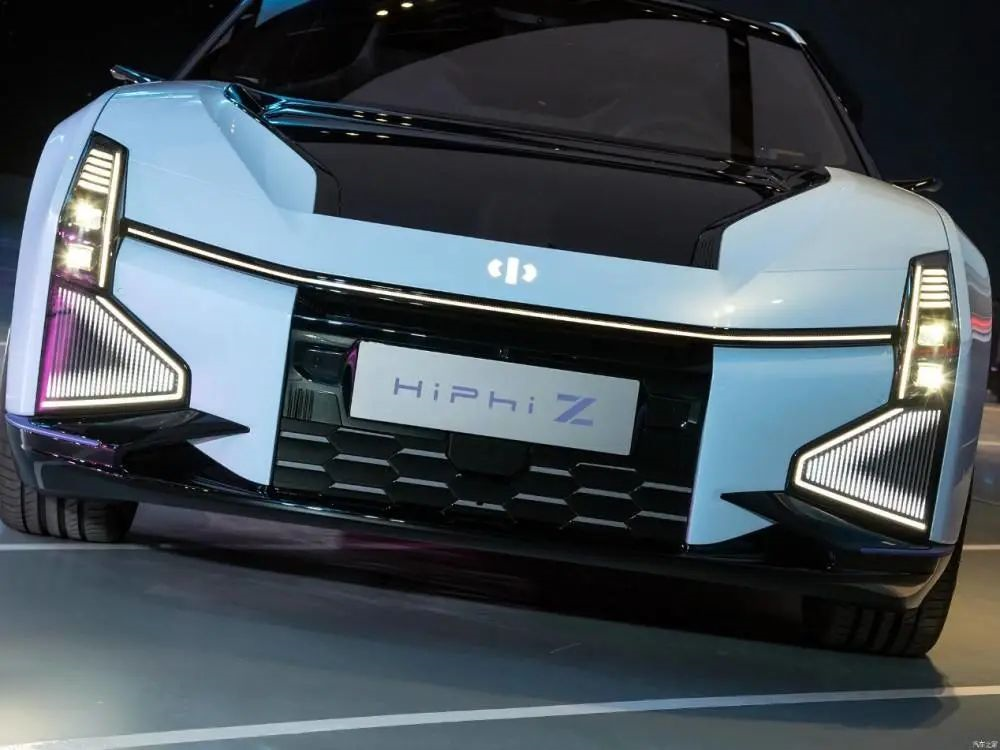
The HiPhi Z also uses a high-spec chassis combination with a fully-aluminum double-wishbone front suspension, a five-link rear suspension, air suspension, and CDC continuous adjustable damping shock absorbers. Combined with the rear-wheel steering and IVC vehicle dynamics control system, the car’s stability, steering, and power output are integrated into a digital control system. The combination of control and execution units greatly improves the car’s steering, stability, and limit response capability. Most types of vehicle stability control systems only work after the loss of stability has already occurred. In contrast, Ghauto’s technology works proactively, intervening in the steering and braking systems before stability is lost.
Since it is a pure electric GT, the 0-100 km/h acceleration is undoubtedly an important performance indicator. For some reason, the HiPhi Z, a large GT coupe, did not release its 0-100 km/h acceleration data. We can only refer to the data of its sibling, the HiPhi X: the HiPhi X has a dual-motor system with a total power output of 440 kW and a peak torque of 820 Nm. It can accelerate from 0-100 km/h in 3.9 seconds and has a battery capacity of 97 kWh and a range of 550 km.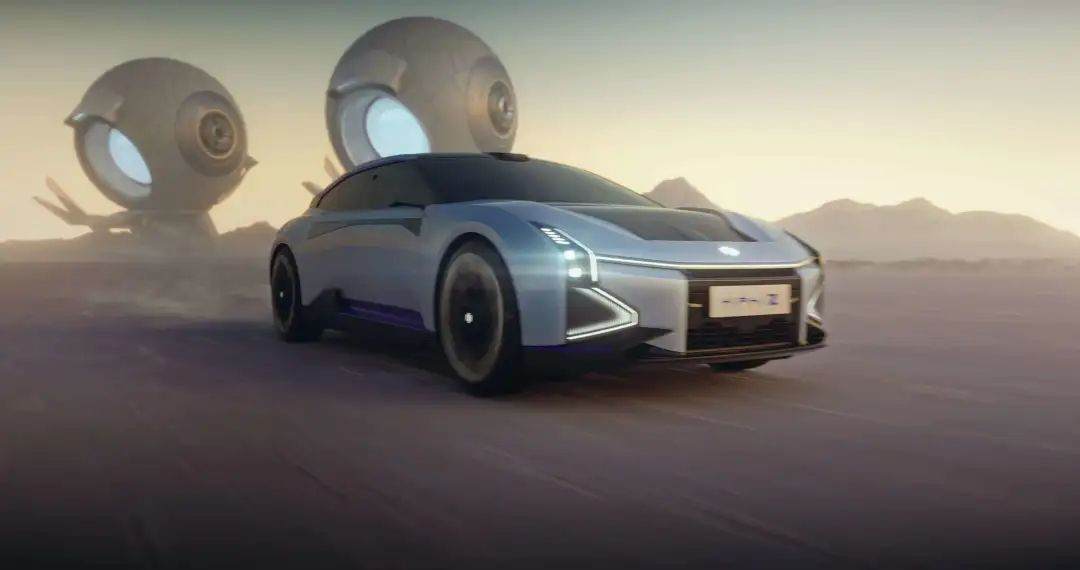
Like the HiPhi X, the HiPhi Z is equipped with rear-wheel steering to enhance agility, with a bidirectional steering angle of 13.2° (±6.6°) and a turning radius of only 5.7 meters. This not only improves stability and handling performance during high-speed driving, but also allows for easy U-turning at intersections with a length of over 5 meters.
The HiPhi Z also comes standard with air suspension and CDC continuous damping adjustable system, offering 4 suspension heights that can be automatically adjusted for softness, hardness, height and driving mode, as well as parking and braking status, improving body stability and driving comfort.
Analysis of the market for pure electric vehicles priced over RMB 500,000
The three above configurations are generally only found in the million-level flagship models of traditional luxury brands such as BBA. Both of HiPhi’s two models also have these features, but this does not mean that the models can immediately compete with million-level vehicles.
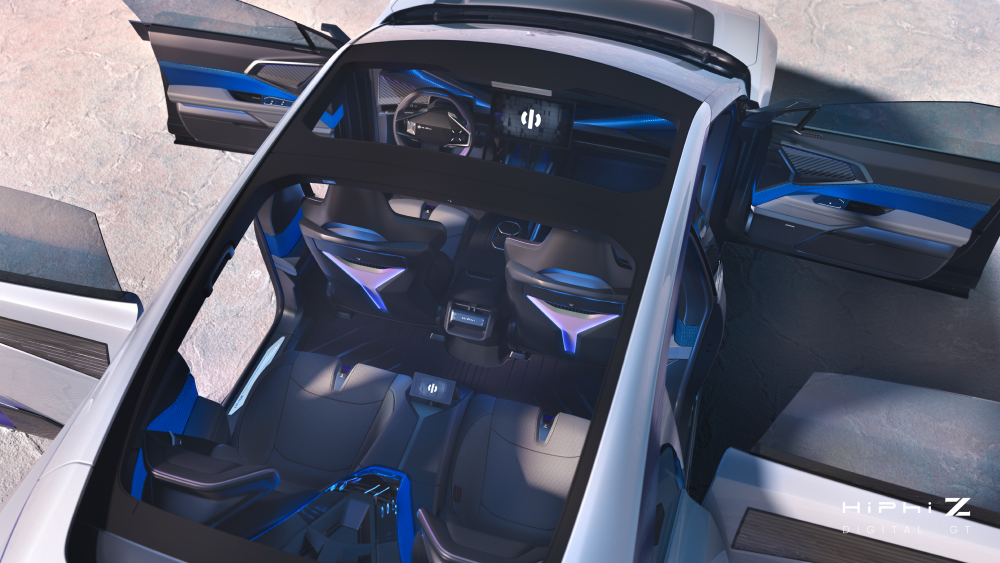
Looking at the competitors of pure electric vehicles priced over RMB 500,000, Porsche Taycan and Taycan Cross Tursimo can rely on their own racing genes and long history, providing a racing-like handling and driving experience. Audi’s new RS e-tron GT finds the most suitable position for itself in the triangle of technology, sport, and luxury brands, connecting Porsche’s J1 platform and Volkswagen’s MEB platform. Although Volkswagen also has a new pie to bake, the SSP platform, MEB is only a transitional product and SSP is the destination.
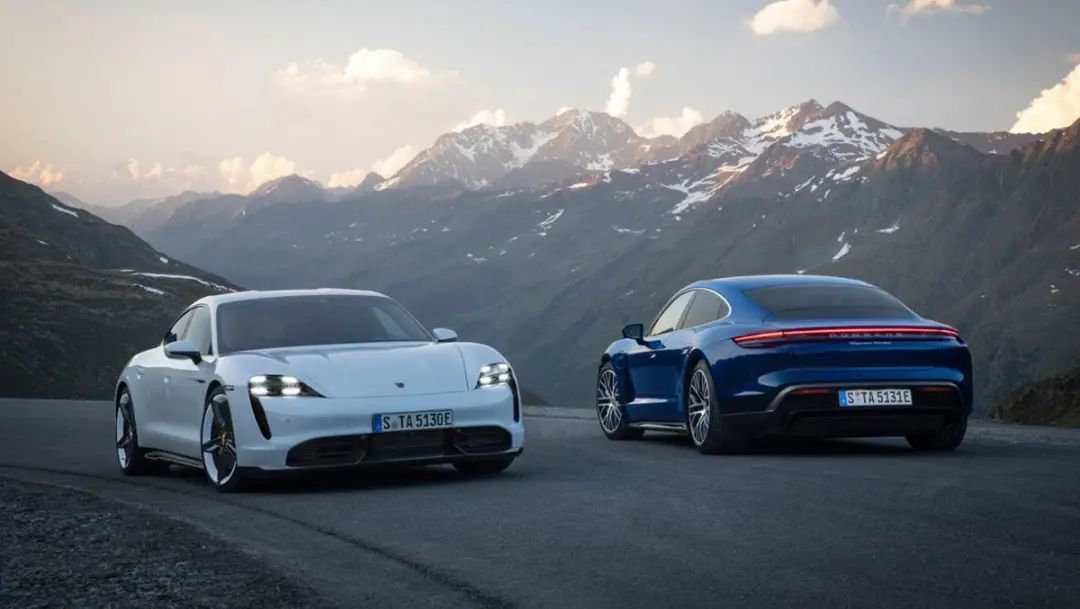
As for Mercedes-Benz, the EQXX concept car on the Mercedes-Benz MMA platform has tested a range of 1,000-1,200 kilometers twice, without a 150kWh battery pack, using only technological and aerodynamic optimizations that already surpass the single-journey range of all pure electric vehicles, demonstrating their terrorizing technological reserves. As for the future, in 2024, the largest pure electric vehicle on the MMA platform will be the C-Class, and the EQA and EQB will also switch to the MMA platform. Ola Källenius, CEO of Mercedes-Benz, recently said that the company will not continue to produce the A and B-Class models in the future, as their audience is limited, and it would be better to replace them with more high-end and profitable pure electric vehicle models.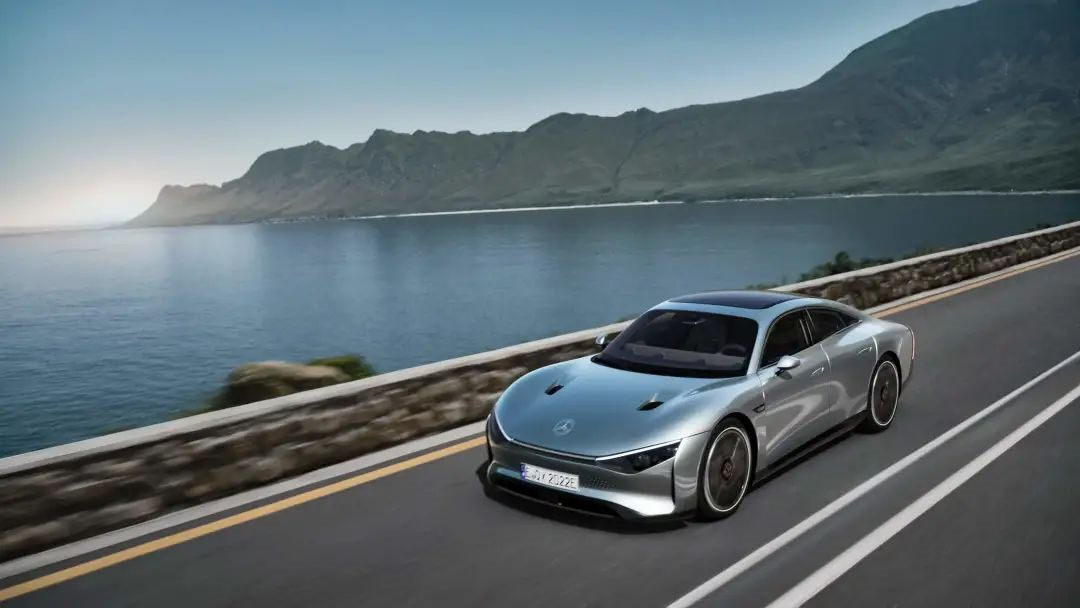
The EVA platform of EQE and EQS currently does not have many forward-looking technologies. Maybach EQS and AMG EQS are still following the old high-profit routine. However, what makes EQS and EQS AMG, with a monthly sales volume of only tens to hundreds, unable to sell better than the high-end HiPhi X of Huachen Yuntu?
As for BMW, in the short term, it will use the CLAR platform for both gasoline and electric vehicles. The new generation of 7 series will be lengthened and the chassis will be raised to make way for the electric i7, and so is the i5 next year. It can be regarded as having no technical highlights for the time being, but rather a compromise to coexist with gasoline vehicles.
Conclusion
In fact, it’s simple. In the era of electrification, consumers’ demand for luxury has changed greatly, and the HiPhi Z meets consumers’ demand for “electric luxury” and opens up a new field–large-sized GT. Its competitors include the Mercedes-AMG GT four-door coupe, Audi A7, and BMW 6GT, with prices ranging from 600,000 to 900,000 yuan.
However, it’s ultimately the consumers who make the purchase, and there is no objective and fair contest between right and wrong. In short, the saying goes, “Buy the car you like, even if it costs a fortune.”
This article is a translation by ChatGPT of a Chinese report from 42HOW. If you have any questions about it, please email bd@42how.com.
